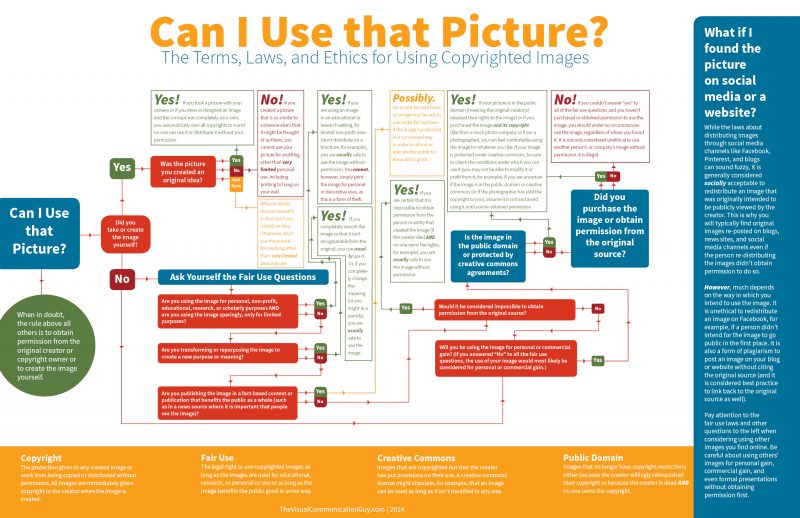
Ui / Ux Design Features for Mobile Applications
It’s very important to learn everything about mobile game UI design and the same about UX before you start development. The research that is conducted in the early stages of UX design has a lot to do with marketing. For example, analysis of competitors and the market, determination of target audience and business model. Benchmarking is one such research. This is a way to study the activities of competing companies in order to adopt their positive experience and apply data about it in their activities.
Why do you need to benchmark a designer?
- Identify the strengths and weaknesses of the objects being evaluated.
- Expand your understanding of the market and business domain.
- Develop your own vision of the project and develop new ideas.
Business domain (within the framework of software development) is a subject area that defines a set of standard requirements, special terminology and functionality (for example, entertainment, tourism and travel, or social services).
Also, market research intersects audience analysis. UX designers conduct it in the early stages of work. Starting with an interview, survey, or observation, segmenting the audience by user type. Creating personas (fictional personalities, images of future users) and thinking through a scenario for each of them. Why conduct such studies? Here is some more info about mobile game UX design.
What benefits will the designer get from this:
- Defines the primary and secondary tasks of users.
- Determine user motivation.
- Identifies common problems that users experience.
- Highlight priorities by user needs.
- Will form a collective portrait of the user.
- He will find the prerequisites for building an empathic connection.
Four rules for creating a user-friendly design

- Simplification of user interaction. When a user interacts with an application, he has a specific goal. And, as a rule, the less effort a user makes to achieve this goal, the better the user experience. A good example is the design of a linear path, where each step of the user is accompanied by the execution of only one action.
- Color as a functional element. The choice of color is driven not only by aesthetics, but also part of user interaction. Color is a tool for emphasizing the main thing. For example, designers can use colors to make a visual difference between different types of notifications.
- Dialog Design. Users often use only three applications, and at least one of them is a messenger. People love to talk. Therefore, chatbots and voice assistants, reinforced by artificial intelligence, have become trends in recent years.
- Emotional interaction. Even in the era of command-line interfaces, we used emoticons (emoticons) to convey our feelings to others. People tend to establish an emotional connection with all products used. As a result, when interacting with products, we expect reactions similar to human ones.
What are the similarities between design and marketing?
As a rule, marketers start from the created product and decide who should be the customers of the business. Designers do the opposite, first examine the client’s problem and create a solution for it – the product. What connects them is that design and marketing serve the goals of the business (product).
The marketer and designer set goals and achieve goals based on assessments, analysis and market research, specifics, relevance and audience. Designers have learned to be empathic, because in order to design an application, you need a lot of knowledge about the consumer and his behavior. The same is used by marketers to conduct a successful advertising campaign. The formula for success for a business is good design + good marketing. Marketing and design connects the business (product), namely forecasting the future response and experience, designing behavior, new experience and planning behavior based on existing models.




